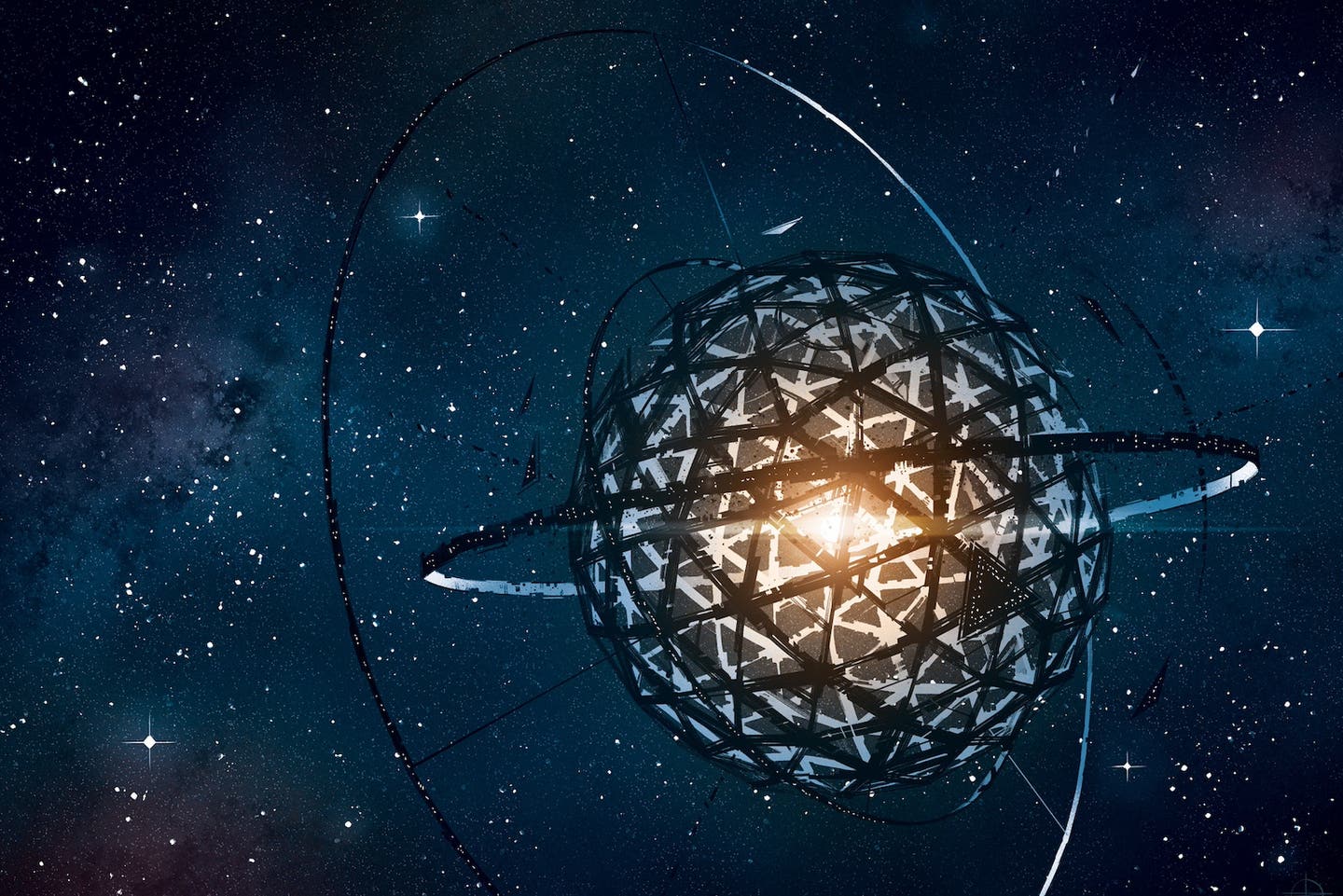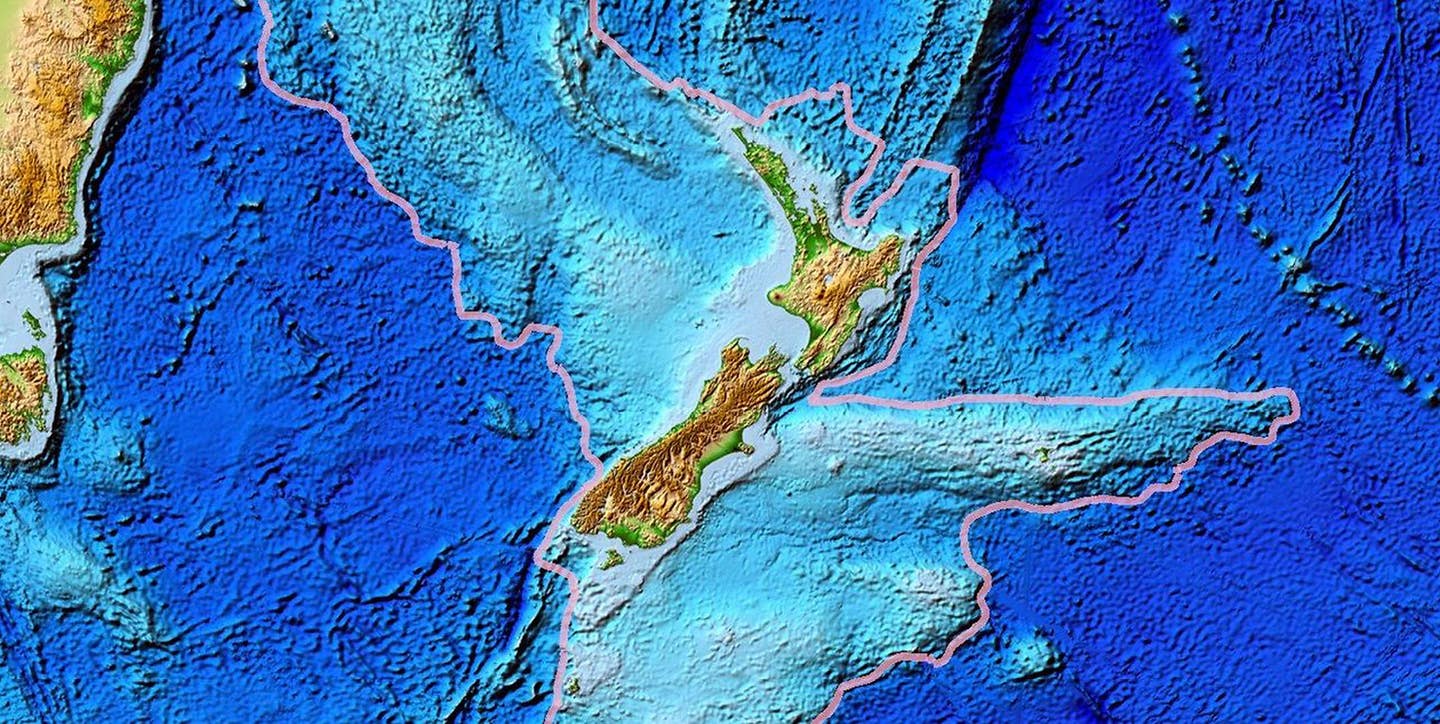Scientists identify several stars possibly wrapped by Dyson Spheres
The search for alien life takes many forms, from identifying Earth-like planets to scanning for extraterrestrial signals.

A Dyson Sphere could take various shapes, including rings, bubbles, or swarms of satellites, all designed to capture and utilize a star’s energy output. (CREDIT: CC BY-SA 4.0)
The search for alien life takes many forms, from identifying Earth-like planets to scanning for extraterrestrial signals. Among these efforts, one captivating idea has stood the test of time for over 60 years: the concept of a Dyson Sphere.
Proposed by physicist Freeman Dyson in 1960, a Dyson Sphere represents a theoretical megastructure that could be built by an advanced civilization—classified as at least Type II on the Kardashev scale. Such a civilization might construct this immense structure around its star to harness a substantial portion of its energy.
A Dyson Sphere could take various shapes, including rings, bubbles, or swarms of satellites, all designed to capture and utilize a star's energy output. Detecting these structures involves identifying unusual changes in a star's brightness and looking for excess infrared radiation produced by waste heat.
Despite the overwhelming challenge of searching for Dyson Spheres among millions of stars, modern astronomical surveys like Gaia, the Wide-Field Infrared Survey Explorer (WISE), and the Two Micron All Sky Survey (2MASS) have made such a quest feasible. Recently, two studies have taken significant strides in this search, uncovering several promising candidates.
The first study, led by Ph.D. student Matías Suazo at Uppsala University in Sweden, is part of Project Hephaistos, which aims to search for extraterrestrial intelligence through indirect signs of astroengineering.
Suazo and his team analyzed optical and infrared data from various satellites and developed a method to identify potential Dyson Spheres and their technosignatures. Their findings were published in the Monthly Notices of the Royal Astronomical Society.
“This structure would emit waste heat in the form of mid-infrared radiation that, in addition to the level of completion of the structure, would depend on its effective temperature,” Suazo and his colleagues wrote. They created a specialized pipeline to identify potential Dyson Sphere candidates by focusing on sources displaying anomalous infrared excesses that couldn’t be attributed to known natural sources.
Their method involved filtering out candidates with nebulae features (often false positives), analyzing signal-to-noise ratios, and examining hydrogen-alpha particles, among other known false-positive indicators in the Gaia-WISE data. Starting with five million objects, the team narrowed this down to seven compelling candidates.
“All sources are clear mid-infrared emitters with no clear contaminators or signatures that indicate an obvious mid-infrared origin,” the paper states. However, the authors also cautioned that natural causes, such as warm debris disks, could eventually disqualify even these high-quality candidates. “The presence of warm debris disks surrounding our candidates remains a plausible explanation for the infrared excess of our sources.”
Simultaneously, another study conducted by the International School for Advanced Studies in Italy identified 53 star candidates with excess mid-infrared measurements. However, in both studies, Extreme Debris Disks, which form after planetary collisions, could also explain these observations.
When exploring highly theoretical phenomena like Dyson Spheres, it’s crucial to rule out all less exciting explanations before concluding the existence of alien structures. David Hogg, a co-author of the second study, told New Scientist that a natural explanation is more likely. “It might be something that happens very rarely, like if two planets collide and produce an enormous amount of material.”
To confirm their findings, scientists will need to conduct further observations of these candidates, likely using the James Webb Space Telescope. Whatever the outcome, the follow-up data is bound to be intriguing.
Key Aspects of a Dyson Sphere:
Energy Collection: The primary purpose of a Dyson Sphere is to harness the vast energy output of a star. The energy collected could potentially support an advanced civilization's power requirements.
Design Variants
Dyson Swarm: This design consists of a large number of independent solar power satellites orbiting the star, collecting energy and transmitting it back to the civilization.
Dyson Bubble: Similar to the swarm but involves satellites positioned in a stationary configuration relative to the star.
Dyson Shell: A solid shell or a continuous structure completely surrounding the star. This design is often considered impractical due to immense engineering challenges and material requirements.
Technological and Engineering Challenges
Material Strength: The materials required would need to withstand extreme temperatures and pressures.
Energy Transmission: Efficiently transmitting the collected energy over vast distances.
Stability and Control: Maintaining the structure's stability and position around the star.
Theoretical Implications: The existence of a Dyson Sphere or similar structure could indicate the presence of a highly advanced civilization, potentially at a Kardashev Type II level. This type of civilization can harness and control energy on a stellar scale. Detecting such a structure could be done by observing irregular light patterns or infrared signatures from stars.
Cultural and Scientific Influence: Dyson Spheres have become a popular concept in science fiction, inspiring numerous stories, books, and games that explore the implications of such advanced technology.
Note: Materials provided above by The Brighter Side of News. Content may be edited for style and length.
Like these kind of feel good stories? Get The Brighter Side of News' newsletter.
Joseph Shavit
Head Science News Writer | Communicating Innovation & Discovery
Based in Los Angeles, Joseph Shavit is an accomplished science journalist, head science news writer and co-founder at The Brighter Side of News, where he translates cutting-edge discoveries into compelling stories for a broad audience. With a strong background spanning science, business, product management, media leadership, and entrepreneurship, Joseph brings a unique perspective to science communication. His expertise allows him to uncover the intersection of technological advancements and market potential, shedding light on how groundbreaking research evolves into transformative products and industries.



